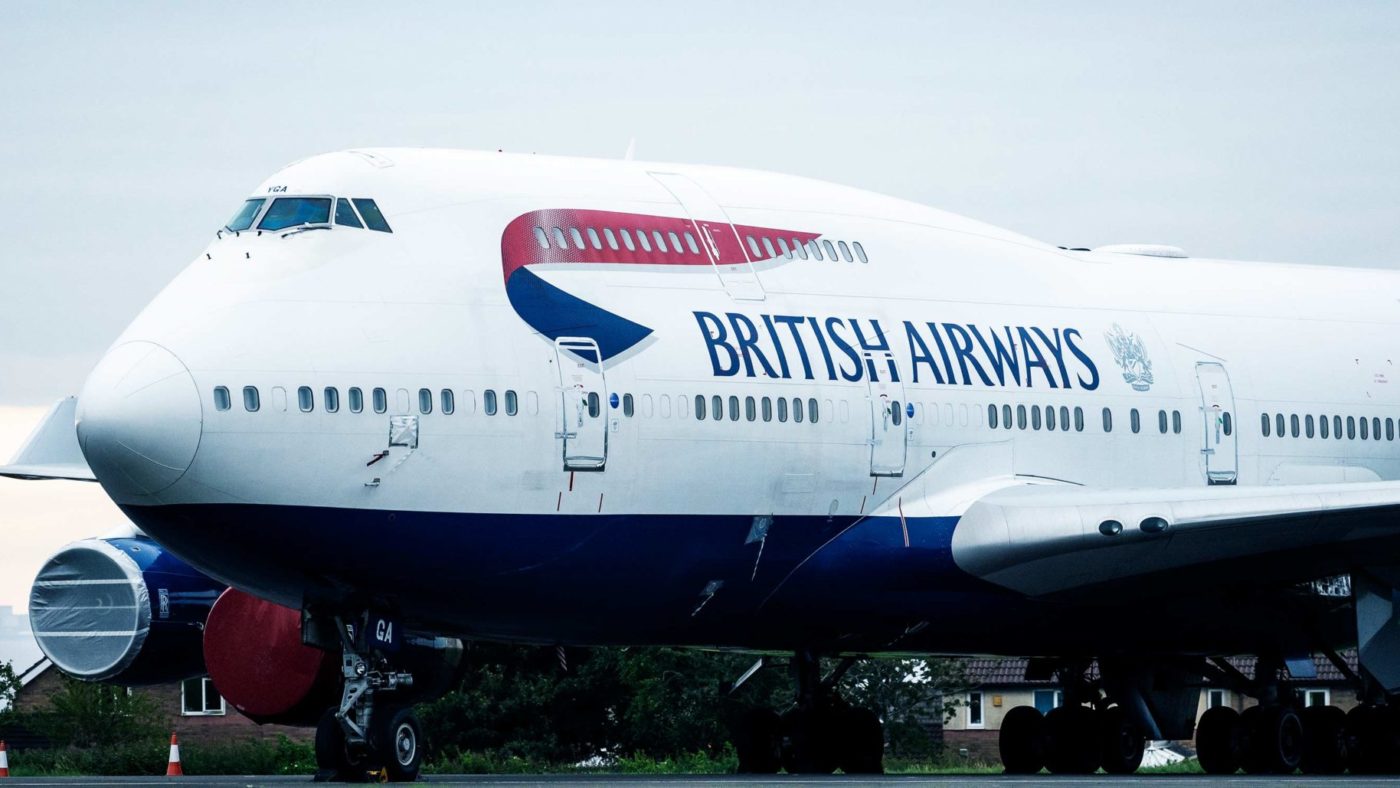It is just an aeroplane. Outdated, thirsty, a luxurious irrelevance due to join the sad rows of jets in an aircraft boneyard. Just a machine whose time was up. So why does the memory of that big, re-assuring nose looming out of a velvet black humid Lagos night, or shining on a crisp Johannesburg winter day, or rolling out on to the tarmac in Cairo in the early desert dawn stir something deep down? Why – confess it – does the end of the 747’s days in BA colours feel so personal?
We give aeroplanes a special place in the transport pantheon. What other form of transport is described in such animalistic terms – we give them wings, noses, tails, bellies. BA’s callsign remains – ludicrously, gloriously, improbably, romantically – “Speedbird”. Sinatra jumped on a big bird to fly. Maybe, a machine that safely takes us halfway to heaven and back cannot be fully understood in mechanical terms. And the 747 was the most animalistic of the lot. It bucked, and roared, and creaked. Its wings flexed. Caught in a West African storm it howled as four RB211s struggled to lift 190 tons of metal and flesh above the cloud banks. And when back on the tarmac with flaps down, the three-part wing flaps fully extended, the hydraulic cables stood out like sinews. Hydraulic rather than fly by wire, any pilot will tell you that they feel the 747s movements through the air like no other plane. In a 777 you sit back, sterile and insulated. In a 747 you knew the old lady was fighting for you.
At launch, it was claimed the 747 would be a weapon for peace, competing with the inter-continental missile for the destiny of mankind. A grand statement – and Boeing needed a big story. They had bet the farm several times over on their new machine and were $2bn in debt to prove it, when $2bn was real money. They had built the largest building ever built by mankind to assemble the plane. The prototype was under construction before the roof was even finished. The team delivered a project of mind-bending complexity on timescales that no-one believed were possible. And suddenly, with BOAC and Pan-Am adopting her, the world became a lot smaller. Sydney was reachable without the kangaroo route. You could breakfast in America. Pan-Am’s design brief started with pushing up capacity to get seat costs down by 30% and so for millions the first experience of crossing continents was in a 747. Suddenly the grandiose statements do not seem so absurd.
No machine can have done more to democratise long haul travel. She took millions to news worlds, new lives. She enabled the unifying power of commerce to bridge continents, cultures, and creeds. She let us meet, learn, and trade. Maybe we are really mourning the joy of presence. The sheer adventure and anticipation of being there, chasing wherever our dreams may happen to be. In 2018, 4.4bn flights were taken, adding up to 2% of all humanity’s CO2 emissions. If we think aviation is the windmill to tilt at to fix our carbon addiction, we are deluded. What a price to pay, if we through financial sanction or social guilt held people back from exploring, learning, trading, and meeting outside the worlds they were born to.
But maybe it is more personal, and simpler, than that. Antoine de Saint Exupéry as he flew over Arras thought of a flight as a monastic experience. Moments of travel are often solitary and personal. Cut off from the world we feel closer to ourselves. We feel our emotions more keenly in the clear air at 37,000 feet. We think bigger thoughts looking down at clouds rather than up at them. Alone in our seats we feel the anticipation of what is to come, the exultation of the happy return, the despond of the unsuccessful trip. We take big decisions, make big plans. Lick our wounds. We leave a bit of ourselves when we cross continents, and when the old lady serenely brings us home, we emerge into a new dawn different people from when we left. If we mourn the worlds that the old lady opened for us – maybe, we are mourning that which made us ourselves.
There are many stories. For my father, it was the 747 that waited in Baghdad in September 1980 as Saddam’s tanks rolled towards Iran. The sight of the bump in BA livery on the runway as his taxi hurtled towards the terminal. For me, it was the crew who held the gate 10 minutes so I could get to my son’s christening an ocean and a continent away after a helicopter malfunction nearly made me miss the plane. The tinkle of satisfaction at graduating over the years from the tail to the bump –there will never again be such a clubby and congenial space on an aeroplane as the bump on a 747.
One day, soon, we will dust off our suitcases and we will travel again. The magic of flying will not die. But it is a sad end for a beautiful plane that proved more important than the ballistic missile in bringing humanity closer together, even if just for now we must be further apart. It may be just a damned aeroplane when all is said and done, but I for one will miss it very much.
Click here to subscribe to our daily briefing – the best pieces from CapX and across the web.
CapX depends on the generosity of its readers. If you value what we do, please consider making a donation.


